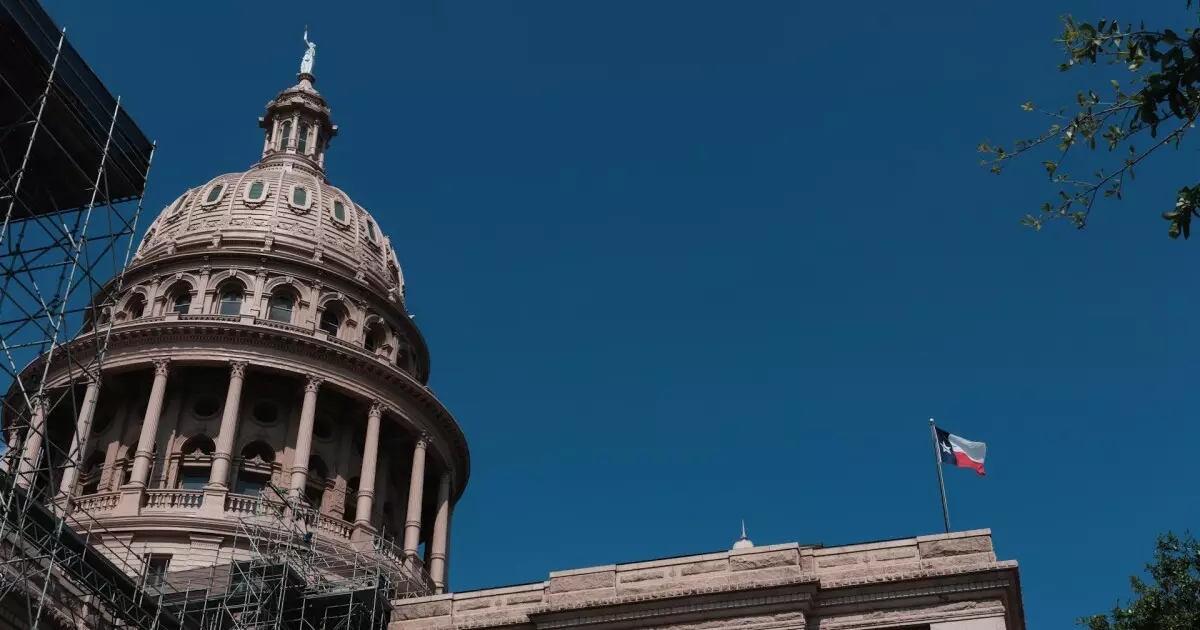On Wednesday, the Texas House and Senate laid bare their proposed budgets for the upcoming biennium as they grapple with a pivotal financial moment for the state. With a significant cash balance of $39.4 billion, lawmakers are poised to extend and enhance the substantial property tax cuts that were first established in 2023. The legislative discussions occur against a backdrop of both optimism and cautious scrutiny as Texas prepares to enter fiscal years 2026-27, starting on September 1. These budgetary decisions will have lasting implications for both residents and the educational landscape throughout Texas.
The proposed budget reflects divergent priorities between the two chambers. The House has put forward a plan amounting to $335.7 billion overall, including a sizable general revenue budget of $154.1 billion. Conversely, the Senate’s budget, with a total of almost $333 billion, features $234.4 billion in general revenue. A critical component of both plans involves addressing the raised stakes for public school funding. With an eye to expanding educational resources, the House proposes an increase of $4.53 billion, while the Senate’s budget suggests a slightly higher allocation of $5.3 billion. These increases are essential to remedy the budget strains that many Texas school districts have witnessed in the wake of stagnant per-pupil allotment rates since 2019.
The underpinning rationale behind the proposed tax cuts, which amount to an ongoing $26.3 billion from the House and a more ambitious $32.2 billion from the Senate, is steeped in the expectation of stimulating economic growth and providing immediate financial relief to property owners. However, organizations like Fitch Ratings have expressed concerns over the sustainability of such considerable tax reductions financed through state cash balances. They warn that relying on one-time fund surpluses to support long-term fiscal commitments is a precarious strategy that could destabilize future budgets. As the state grapples with a growing unfunded liability for pensions—together with the recent expansion of property tax relief—keeping a keen eye on the balance between immediate benefits and long-term fiscal health remains paramount.
A significant theme throughout these budget proposals is the unresolved debate surrounding school voucher programs. Despite the previous legislative session’s failure to pass such initiatives, each chamber has earmarked $1 billion specifically for “school choice.” This signal indicates that lawmakers intend to pursue a future that could see vouchers reintegrated into the educational funding landscape, despite substantial opposition from both Democratic and some Republican factions.
In consideration of the struggles faced by several Texas school districts—where some commenced the academic year operating on precariously thin budgets and diminished reserves—any additional funding, whether through classic channels or innovative reforms, will be crucial. It is imperative to recognize that educational institutions are the frontline stakeholders in receiving any financial allowance, and the health of local school boards directly correlates with the quality of education students receive.
The Texas legislative session presents a complex tableau characterized by burgeoning property tax cuts, ambitious funding ambitions for education, and uncertainty around future fiscal realities. Lawmakers are grappling with the pressing need to allocate resources effectively while ensuring that state finances remain sustainable in the long run. In the end, the choices made in the upcoming biennium will significantly shape not only Texas’s immediate economic landscape but also the enduring legacy of its educational system and fiscal stability. Balancing these elements will require careful negotiation, strategic foresight, and a shared commitment to the welfare of all Texans. As highlighted by the stark contrasts between the proposed budgets of the House and Senate, the path forward will demand creativity and responsibility from lawmakers committed to serving the public’s interest.

